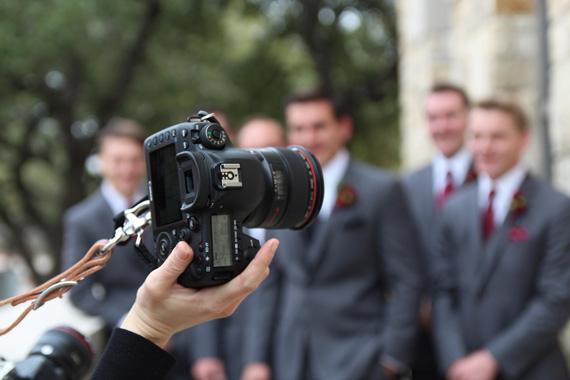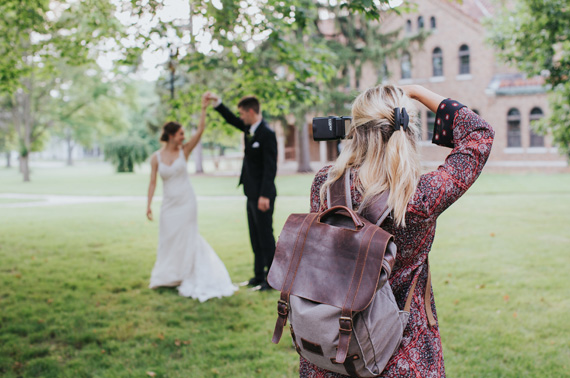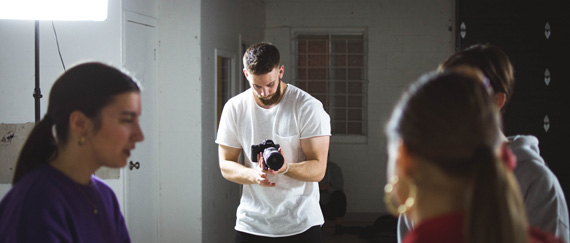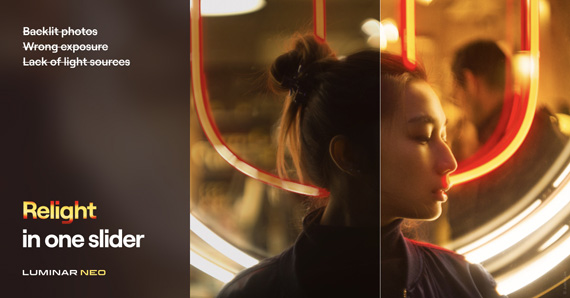Relevant note: only a few days left for the Luminar Neo Photo Editor Pre-Order Sale
Whenever I return from a shoot, I go through this process every time with each camera so that they are ready for the next time.
1. Camera bodies off. This is to remind me that I use a variety of lenses and if I remove them, I have to select an appropriate one for my next shoot.
2. Camera batteries recharged after each and every shoot—no exceptions. I have lost count of the number of times when I am in the middle of a shoot that I get a battery warning. To this extent, I even take along a spare battery for each camera.
3. Flash off. Get in the habit of doing this, as you don’t want to scare wildlife or pets by accidentally firing off the flash.
4. Flash batteries recharged after each and every shoot—no exceptions. I’m paranoid about this aspect; in fact, all batteries get charged straight away. Having rechargeable batteries is a must, in my opinion.

Photo by Natilyn Hicks; ISO 250, f/2.8, 1/1000s, 50mm.
5. Check to make sure the memory card slot is empty and working correctly. This reminds me that I should routinely transfer my images to another storage medium like my portable hard drive. I also take spares along for each shoot.
6. Check spare memory card. I get in the habit of checking all my memory cards for damage and wear and to make sure they can be read without problems.
7. Set quality settings to RAW/JPG. I use this setting as opposed to just RAW or just JPEG. If I want to process the images more I can, or if I am happy with the images, I don’t have to do much processing in JPEG.
8. Set ISO to 200. This is a good idea regardless of the weather or lighting conditions, i.e. sunny or cloudy. I don’t like highlights to be blown, and this setting allows me some leeway in processing the images.
9. Set aperture to wide open on all lenses. This is the setting I most use for portraits, as it blurs the background nicely while keeping the subject in sharp focus.
10. Set shutter speed to 1/125 of a second. This is a decent shutter speed for most of the lenses I use in portraits. As I usually choose a focal length of about 90mm, it helps prevent camera shake issues.

Photo by Mariah Krafft; ISO 250, f/4.0, 1/50s, 50mm.
11. Set mode dial to Aperture Priority. I prefer to shoot in aperture priority as most of my portrait subjects are fairly stationary.
12. Set metering mode to spot or matrix. I find this gives me the best metering for the stable exposure conditions that I work in.
13. Set white balance to auto. I work with this setting the most; however, if I’m in my studio, I will normally do a preset with a grey card.
14. Set exposure compensation to 0. This prevents me from over exposing or under exposing since I was out last in daylight and had to adjust the exposure compensation.
15. Reset the focus point to the center, single point. This is my preference for most shoots.
16. Set shutter mode to single. Most of the time I don’t use continuous shot mode unless I am taking fast action sports or wildlife shots.
17. Set all lenses with focus stops to focus maximum area of focus. A good habit to get into. You can always adjust accordingly.

Photo by William Bayreuther; ISO 500, f/1.8, 1/250s, 35mm.
18. Remove any and all filters. This prevents you from leaving the polarizing filter or the neutral density filter attached. It’s amazing how often this happens and it takes a while to see what the problem is.
19. Check that the camera body and any/all lenses are set to auto-focus (unless you just always use manual focus, in which case disregard.) This is a great tip as you can grab the camera for a quick shot in most situations.
20. Do a quick visual examination of the camera to look for damage defects. I usually check lens surfaces, the screen, and everywhere else if I’ve been out in the rain or wind when sand is blowing about.
21. Reset additional gear like tripods, light stands, etc. They all go back in their individual bags and covers. It also means that I don’t leave bits lying around—my greatest concern after a shoot.
About the Author:
Geordie Parkin keeps a website about wildlife photography, pet photography or general questions about digital photography (photopress brianparkin). Parkin is a photographer based in Forest Lake, Qld in Australia.
For Help with Photo Editing, Deal Ending Soon:
Skylum recently revealed the Luminar Neo Photo Editor, a new creative image editor designed to empower visual storytellers and bring their boldest ideas to life. They designed Luminar Neo with input from working photographers, artists, and colorists. Early bird pricing is available for the first 30,000 customers to pre-order.
An all-new editing engine drives Luminar Neo, making it possible to apply multiple tools to an image without significant performance loss. Luminar Neo allows for complex layering of several raw images. The new Luminar engine enables Skylum to further optimize and refine the entire image-processing pipeline.
See how it works: Luminar Neo Pre-Order Sale
Go to full article: Checklist for Your Camera After a Portrait Shoot
What are your thoughts on this article? Join the discussion on Facebook
PictureCorrect subscribers can also learn more today with our #1 bestseller: The Photography Tutorial eBook
The post Checklist for Your Camera After a Portrait Shoot appeared first on PictureCorrect.
from PictureCorrect https://ift.tt/390R4o2
via IFTTT







0 kommenttia:
Lähetä kommentti